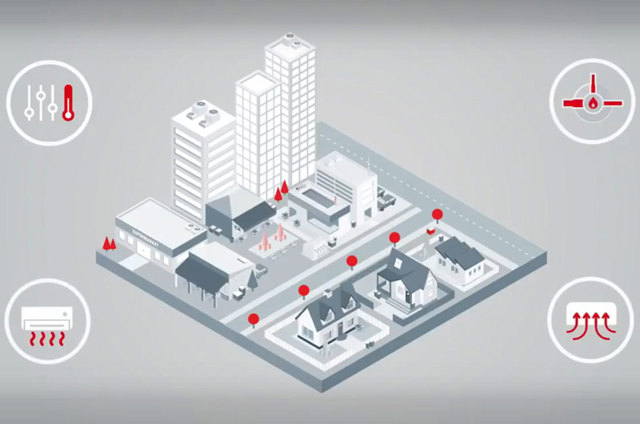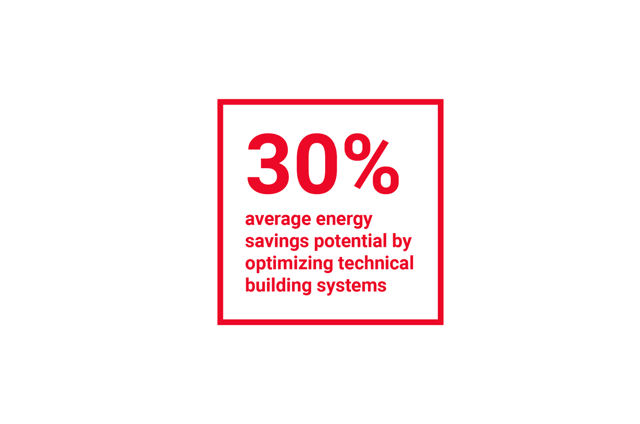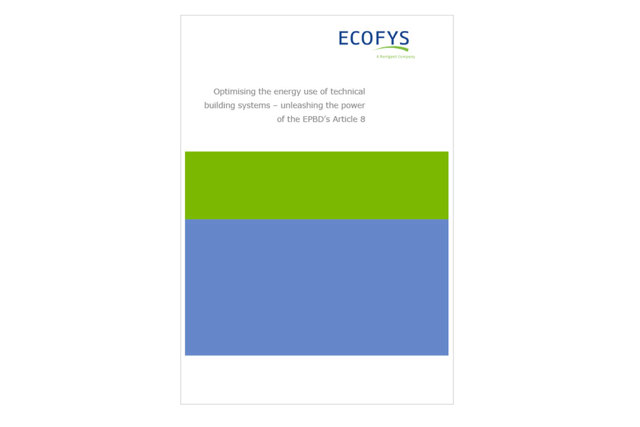
Efficient buildings save the day
It’s time to wake a sleeping giant. The report published by the energy consultancy Ecofys is the first to confirm and quantify the huge, untapped potential for energy savings at EU level, that can be achieved by retrofitting technical building systems.
It’s time to unlock the opportunities hidden behind concrete, glass and steel to create massive savings, more jobs and better places to live.


The central nervous system of our buildings
There are technologies available that have been proven to make our buildings and the systems within them more efficient, yet they are still missing in most buildings. Optimizing technical building systems not only makes building environments more efficient, it empowers building users to better understand their environment – proactively managing their energy usage and maintaining a healthy, comfortable and productive living environment, adjusted to their liking. The cost for these technologies is low and they can be easily retrofitted in buildings, while the energy and cost saving benefits can be remarkable.
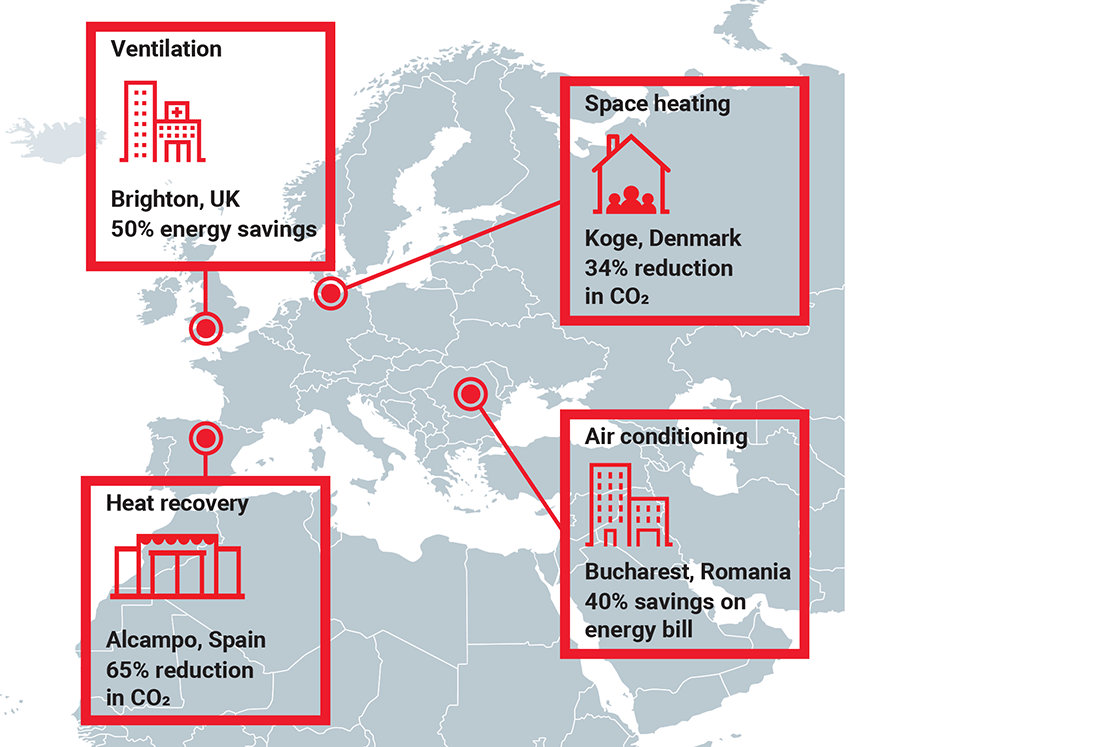
Solutions for residential, commercial and public buildings
- Space heating
Individual room controls; automatic hydronic balancing; speed-controlled pumps - Hot water
Automatic thermal balancing - Air conditioning
Individual room controls; speed-controlled compressors - Ventilation
Variable demand control
Cutting waste and engineering wellbeing for millions of Europeans
The solutions used will vary for different building types but the core principles of reducing waste, cutting cost and improving the environment for the users remain the same. Explore our case studies.
There has never been a better time to start rethinking efficiency

Achieving the EU’s transition to a low-carbon economy by 2050 requires the full decarbonization of our buildings. So, there is a clear need to accelerate the modernization of existing building stock. To achieve this, we need to ensure that technical building systems are operating at maximum efficiency.
Putting Europe on a fast-track to highly efficient, connected buildings
The implementation of the new Energy Performance of Buildings Directive (EPBD) presents an unmissable opportunity for accelerating the optimization of technical building systems and the most cost-effective pathway towards achieving our targets.
The new EPBD reinforces attention to controls of energy flows by getting control basics right, targeting full and part load in inspection requirements and enabling buildings to get smart and put users in control The time to act is now, and there is a set of key measures to make the transition happen.
The key measures for a successful implementation:
Related insights

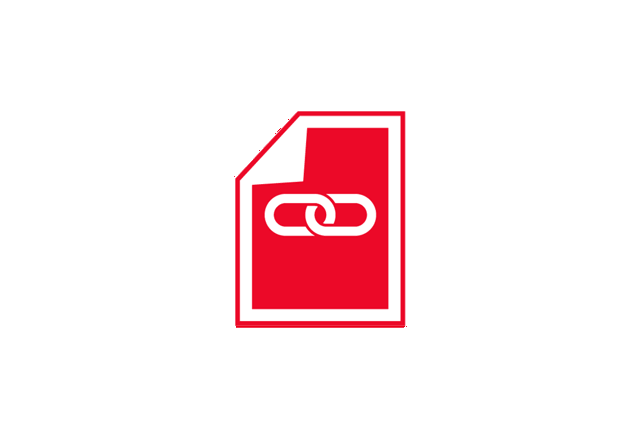
- Potential Energy Savings and Economic Evaluation of Hydronic Balancing in Technical Building Systems
- How to overcome the global challenge of reducing energy use in multifamily housing?
- Why energy and climate policies should fill regulatory gaps?
- Refrigeration Plants as beneficial Energy Conversion Facilitators

